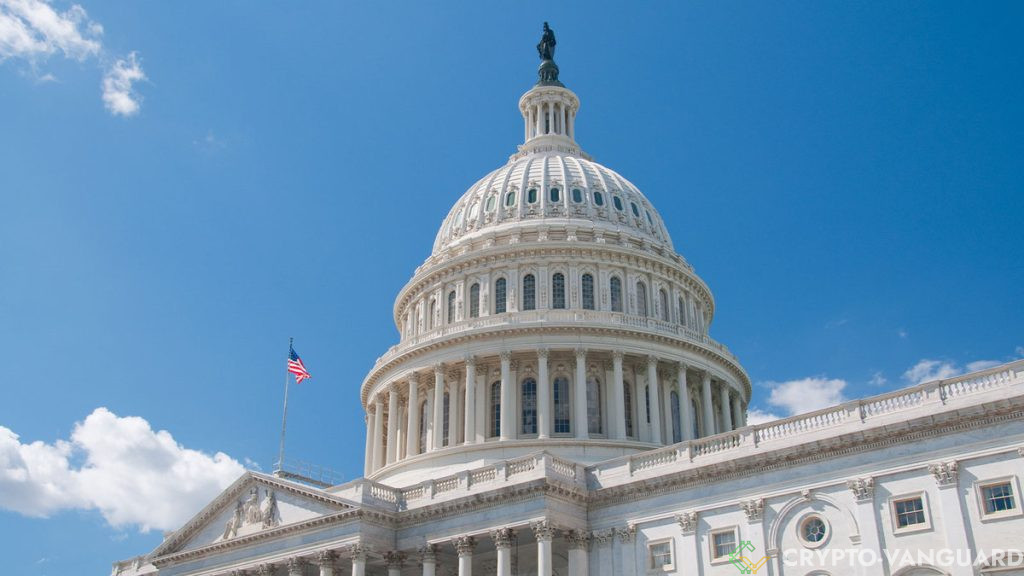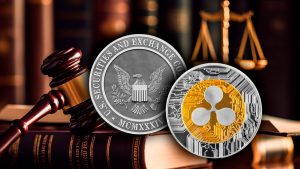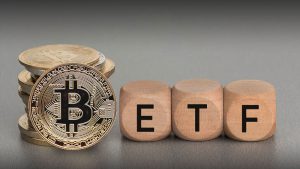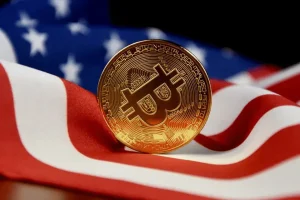The United States Senate will soon debate on a stablecoin regulation Bill sponsored by the duo of Sens. Cynthia Lummis, and Kirsten Gillibrand will seek to ban algorithmic stablecoin owing to the risks they embody.
Commenting on the prospects of the stablecoin market, financial ratings agency S&P Global predicted that the dominance of USDT issuer Tether may slump if this Bill scales through.
Stablecoin Regulation To Level The Playing Field
That the stablecoin regulation is long due is a general acknowledgement of market stakeholders. One major change the Bill will bring is to level the playing fields for Banks to participate in the industry.
While the entry of US financial giants may not primarily focus on stablecoin for payments, it will be disruptive to the dominance of crypto native players nonetheless.
“An approval of the stablecoin bill would accelerate institutional blockchain innovation, in particular for tokenization or digital bond issuances involving on-chain payments,” S&P 500 Global said in its recent report. “The growth of institutional use cases for stablecoins would create opportunities for banks as stablecoin issuers and may also reduce Tether’s dominance in the global stablecoin market.”
One of the sponsors of the Bill, Senator Cynthia Lummis is well loved in the crypto world. This is because of her pro crypto approach. However, regulators believe the monopoly being exerted by Tether whose circulating tokens stands at $110,424,845,949 is enormous.
This bill will provide the clarity that will entice banks with known financial regulatory compliance into the scene.
Addressing Stablecoin Market Fraud
The major highlight of the proposed regulation is to phase out algorithmic stablecoins from US soil. These stablecoins are unique in that they achieve their 1:1 peg with the US Dollar or any fiat algorithmically.
Using this model, Terraform Labs’ TerraUSD (USTC) suffered a major depegging that ultimately tumbled the market. To regulators who do not understand algorithms, this stablecoin regulator may guarantee investors’ and the financial ecosystem’s safety.
























